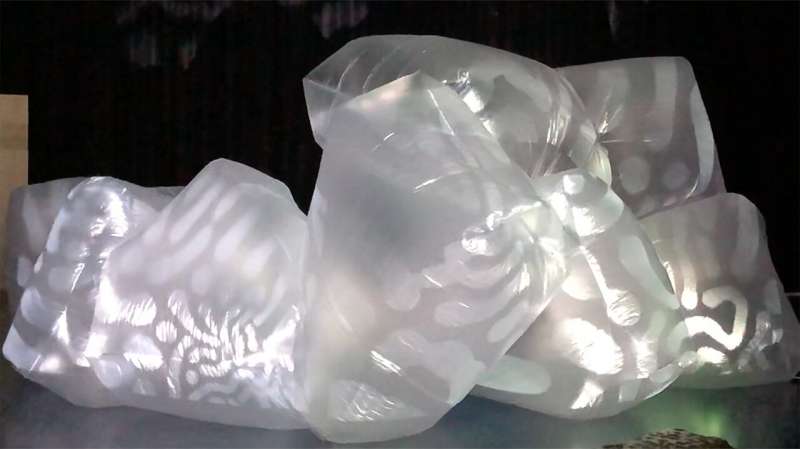In the recently completed project Residence X, the researchers involved wanted to investigate opportunities in clothing and fashion design to use creative coding.
In the recently completed project Residence X, the researchers involved wanted to investigate opportunities in clothing and fashion design to use creative coding.
Using creative coding in various design disciplines is becoming more common; however, it can be used in different ways. Most often, artists integrate creative coding into the existing workflow, but in some cases it is used as the main tool.
As opposed to regular programming, it is not focused on being functional, but expressive instead. Coding can help develop definitions and methods in design in addition to creating and testing many variations very quickly.
"It lets the practitioners use code as a medium for creative expression, which can be limited sometimes in the software available on the market," says Gabor Papp, guest researcher in the project as well as a programmer and artist.
The purpose of the Residence X project was to explore the fundamental artistic possibilities and challenges for creative coding as the main tool in clothing and fashion design.
The project was carried out in settings and lab halls at the Swedish School of Textiles, but also outdoors and at other institutions, both with physical and digital materials, to try and to develop creative coding. The results were generated in experimental workshops with teachers, researchers, and students.
"We have conducted a rather broad investigation, mapping parallels between materials and fields as well as work processes of the different fields," says Gabor Papp, who continues:
"A part of the results can, for example, be used in teaching in the form of teaching modules. These will be available in future teaching."
Another part of the result deals with examples of visualization and digital analysis and has been used as part of doctoral thesis projects, as well as in the mapping of physical materials related to technology.
Linnea Bågander, doctoral student in Fashion Design and one of the participants in the project, has used coding both in her doctoral thesis and in teaching. "What I have primarily gained from working in the project is testing different kinds of software in order to interpret and see forms when it comes to body movements, which has given me a new understanding of my work. After that, together with Gabor, I have proposed various aspects that may be interesting to be able to generate new forms through various kinds of software. In this way, I have been able to experiment with various new design parameters for movement as a design material and which can be relevant for many different artistic disciplines, such as clothing, dance and architecture," says Linnea Bågander.
Provided by University of Borås
























